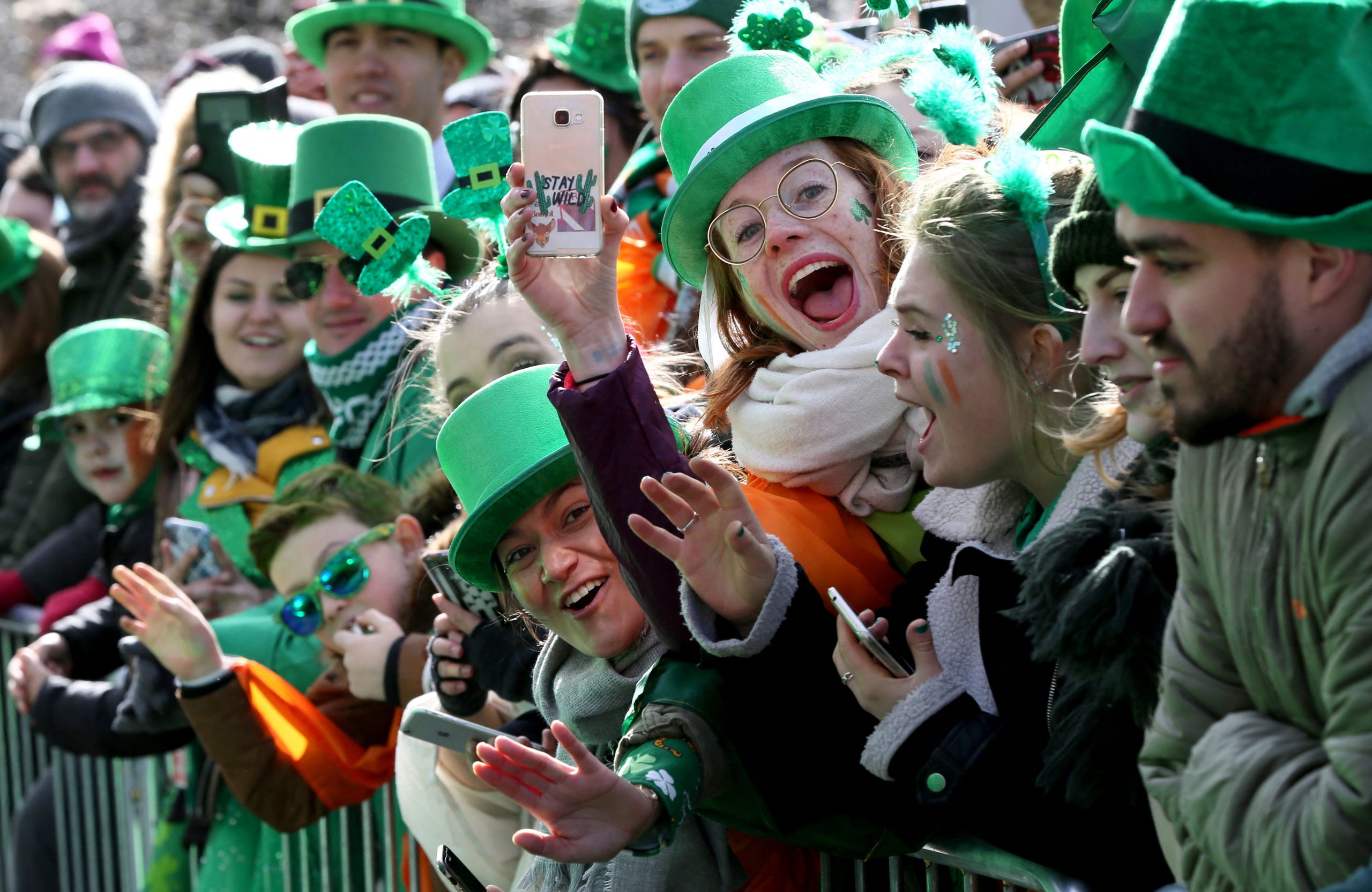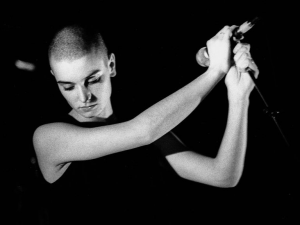St. Patrick’s Day or feast day of St. Patrick, patron saint of Ireland, is celebrated annually on March 17. The patron saint of Ireland, St Patrick was born in Roman Britain in the late fourth century. The Irish have observed this day as a religious holiday for over 1,000 years.
Since the day falls during the Lenten season, the Irish families would visit the church in the morning and celebrate in the afternoon. To faciltate the celebration, Lenten restrictions of not consuming meat or drinking alcohol are waived.
According to History.com, emigrants to the United States made St Patrick’s Day into a “largely secular holiday of revelry and celebration of things Irish”. Cities, which has the highest numbers of Irish immigrants, often celebrate with pomp and show, which includes elaborate parades.
Boston celebrated its first St. Patrick’s Day parade in 1737. New York followed suit in 1762. Both Irish and non-Irish commonly celebrate the day in the “wearing of the green” —sporting an item of green clothing or a shamrock, the Irish national plant, in the lapel.
Corned beef, cabbage and beer are commonly associated with the holiday.
What do Leprechauns have to do with St. Patrick’s Day?
The original Irish name for Leprechauns of folklore is “lobaircin,” meaning “small-bodied fellow.” Belief in leprechauns reportedly stems from Celtic belief in fairies.
In Celtic folktales, leprechauns were cranky souls, responsible for mending the shoes of the other fairies.
Interestingly, Leprechauns have their own holiday which is celebrated on May 13.







